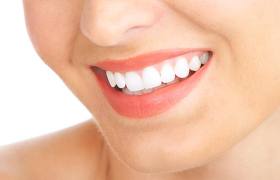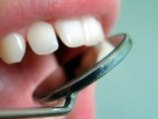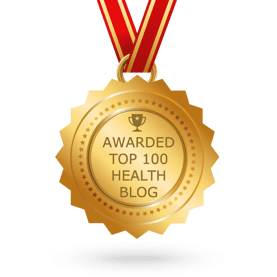Oral Disease Affects Most Everyone
Dental diseases are the most prevalent chronic infectious diseases in the world, affecting up to 90% of school children and the vast majority of adults.
The oral cavity is a biologic soup and our teeth are a part of this dynamic environment. This environment constantly goes under a cycle reaction of de-mineralization & re-mineralization. Each acidic food or drink makes the oral PH acidic and the teeth structure will de-mineralize. Also pathogenic bacteria on the surface of the enamel continually reduces the PH resulting in de-mineralization localized chemical dissolution of the dental structure. These metabolic events take place in the biofilm, also called dental plaque, that covers the affected area. Additionally, it is important to know that bacteria found in dental decay is transmissible through saliva.
Healthy Saliva Maintains Healthy Teeth and Gums
Healthy saliva can buffer the acids from the plaque and acidic condition when stimulated. The stimulated saliva PH increases to 7.8 that help in "de-mineralization – re-mineralization" cycle. As the PH recovers, the de-mineralized structure can re-mineralize using the dissolved minerals. However, when there is an imbalance in the system, the re-mineralization process will not occur and the dissolution of the tooth structure will take place.
Patients with dry mouth (such as in Sjogren’s syndrome, cancer radiation therapy, or a side effect of medication) are especially more susceptible in developing cavities/ oral disease.
7 Ways to Prevent Dental Disease and Improve Oral Care.png?width=305&height=132&name=NIHAlogoBLUE_3_transparent%20(2).png)




